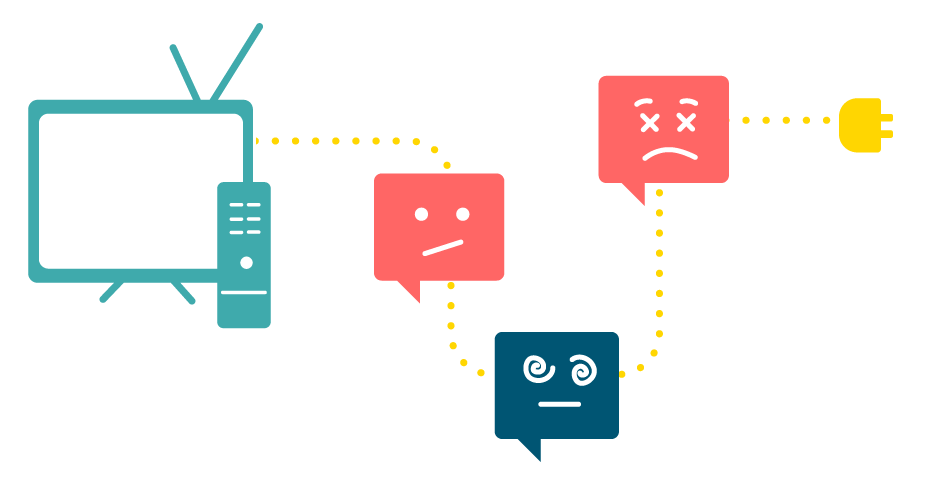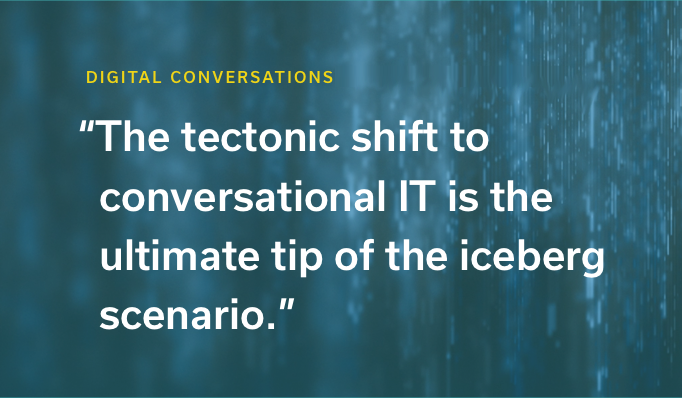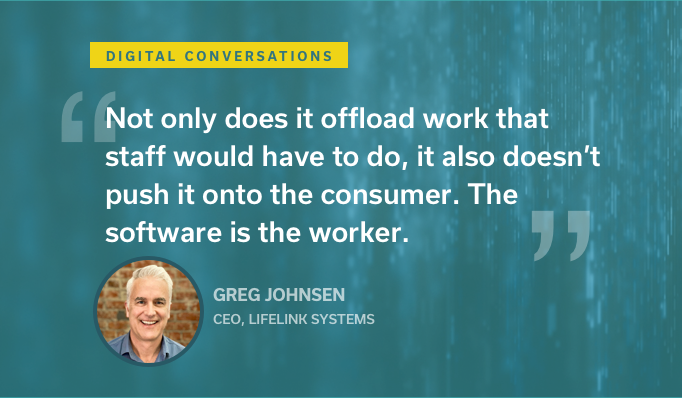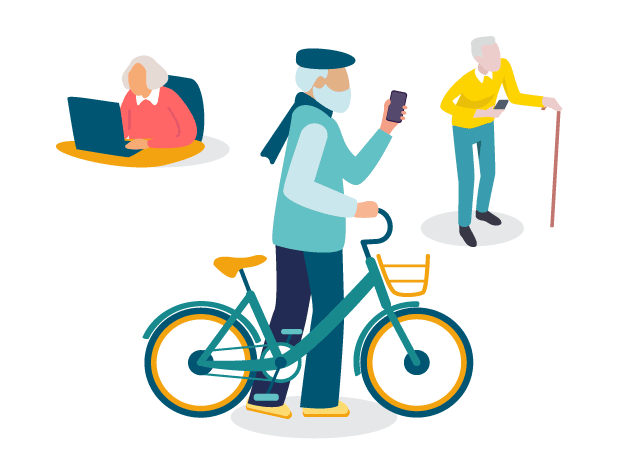Indulge me in this story that I am going to narrate about my experience tilting at windmills while riding on Rocinante and switching internet providers.
My old ISP was bumping up my monthly fees, and so I set out on my adventure to find a new ISP.
On meeting the first chatbot.
I made the first stop at the website of my local cable company to seek out information on new connections. That is where I met the first chatbot — sitting inside a small bubble in the bottom right corner of the webpage where most chatbots reside. I clicked on it. Up popped the bubble with my personal helper named “Alex” waiting with three blinking dots for my question. So I jumped in...
![]() Can I set up cable internet myself or will I need to schedule an appointment with a cable technician?
Can I set up cable internet myself or will I need to schedule an appointment with a cable technician?
![]() That should be on the 4th page
That should be on the 4th page
![]() [scratching my head] 4th page of what?
[scratching my head] 4th page of what?
![]() What page are you currently on?
What page are you currently on?
![]() [still scratching my head] I just want to know if I will need to set up an appointment with a cable technician or if I can set up a new cable internet service by myself?
[still scratching my head] I just want to know if I will need to set up an appointment with a cable technician or if I can set up a new cable internet service by myself?
![]() I can help you with that. Who do I have the pleasure of talking to?
I can help you with that. Who do I have the pleasure of talking to?
At this point, I figured that “Alex” was a chatbot that had been triggered to start a workflow of setting up a new cable internet account.
![]() Silly bot. No, I do not want to set up a new service. First, I need an answer to my question
Silly bot. No, I do not want to set up a new service. First, I need an answer to my question
![]() I am a real human
I am a real human
I was mortified. I had mistaken a real human behind a “live chat” session to be a “bot.” I apologized profusely and promptly quit that conversation.
That night I read from the pages of the Conversational Design Principles published by Lifelink Systems and came across the lesson that the cable company chatbot people had skipped:
If you are a bot, identify yourself as a bot. If you are a human being offering “live chat,” identify yourself as a human.
On meeting the second chatbot.
I had placed my order for the new internet service when I got a text message with a link to a second chatbot. Unlike my encounter with Alex, this time there was no question that it was an automated chatbot. It thanked me for my order. It gave me information on the next steps that I was to expect. It gave me information about the service that I had signed up for. It helped me set up an appointment with the cable technician.
This was going so well. I was about to drift off and dream about Dulcinea when I realized that the time for the appointment was the time Sancho and I had agreed to meet with the merchants. I went back to the text message links and clicked again, but this time there was no place for me to change my appointment. I was steered to a portal where I had not registered and an app that I had not downloaded.
I had fallen off Rocinante.
I was bruised and my journey had been waylaid. That night I turned to the good book on Conversational Design Principles and there was the second missed lesson:
Pay attention to the returning user. Embrace the returning user as well as the new user.
On meeting the third chatbot.
The cable technician had installed the new modem and Rocinante had almost switched from his usual slow walk to a gentle trot when the third chatbot came at me.
![]() How was your ordering experience?
How was your ordering experience?
I stopped. I pondered. Has the cable company been chivalrous? How did the modem look on my mantle? Had the cable guy treated me like a gentleman? Should I call Sancho and ask him about the internet speed? I could give them feedback that could make them better. But there was no place to speak my words. All I had was a series of scales from 0 to 9. So I responded kind of peevishly.
![]() Boo
Boo
I was saddened. But with renewed enthusiasm I continued my journey, thoughts of sentiment analysis and clustering swirling in my mind. The wisdom from the good book had to be spread, far and wide:
Give the users the ability to use the most powerful tool they have — the power of language.

The world is now seeing first hand the power of language as the next generation interface between humans and their devices. In a matter of days, ChatGPT matched user numbers that took Twitter and Facebook years to achieve. Already, people have found ways to use conversational technology to do their jobs more efficiently, and the world of healthcare will catch on soon.
The greatest, most advanced technology is simple and effective. This is why Google search has dominated the internet for so many years. Ironically, ChatGPT may be the first real threat Google has ever faced.
Cable companies have been dealing with horrible customer satisfaction for decades, so their efforts to conversationalize parts of the experience are admirable, but not yet there.
For an industry like healthcare, administrative complexity drives up costs and frustrates patients. But healthcare is also generally an innovation laggard, due in large part to the complexity. Maybe being last works to their advantage.
Large language models are a phenomenal demonstration of the power of mathematics to understand language and to generate language. But if you are planning on using these powerful tools in healthcare, it helps to work with companies who have experience in deploying these technologies with guardrails, with alignment, with integration into existing systems and workflows, with powerful metric dashboards, and with conversational design principles.
Conversational design principles are the foundation for delivering fantastic engagement experiences, whether it is related to a new internet service, or a new knee.









